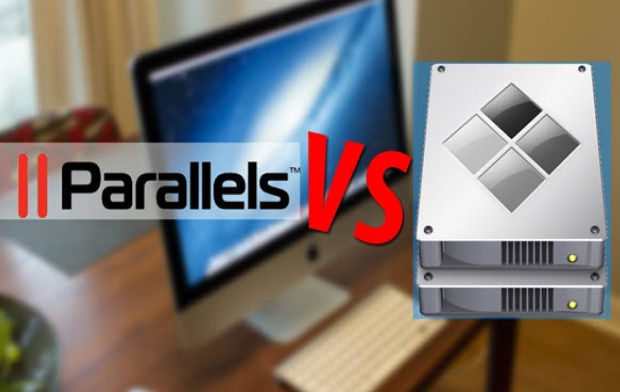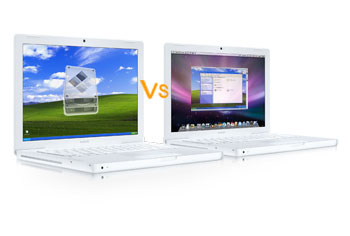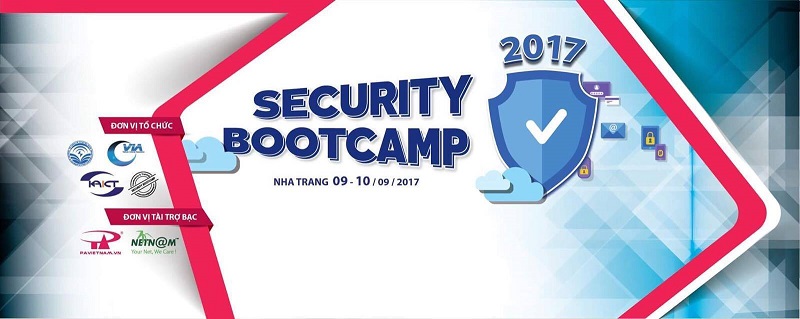Bootcamp vs. Parallels: which one is better for you?
Windows on Mac now runs smoothly by booting or installing virtual machine programs like Parallels. Parallels software boasts more skin in the game since 2006. It supports Microsoft OS with a virtual machine that allows you to quickly shift from macOS to Windows without rebooting.
Boot Camp, on the other hand, is a built-in option allowing you to run Windows to get the ultimate maximum speed out of a Mac. After testing the two products, we observed remarkable maturity and stability for both using a range of benchmarks including CPU, performance, workflow, and graphics.
We’ll walk you through how they vary in features’ range, complexity, and cost to help you decide which one answers the description of your circumstances.
Contents: Part 1. Bootcamp vs. Parallels: Differentiating FeaturesPart 2. PROs & CONs of Boot Camp and ParallelsPart 3. Maintenance & Security on Boot Camp and ParallelsPart 4. In Conclusion
People Also Read:Mac Sierra Vs Mac High Sierra: To Upgrade or Not?PowerMyMac VS CleanMyMac: Complete Review
Part 1. Bootcamp vs. Parallels: Differentiating Features
Performance
Native hardware support keeps Boot Camp way ahead of its virtualized counterpart. Apple’s Boot Camp offers unparalleled bare-metal performance to give you the best of both worlds for resource-intensive activities. It never runs out of steam, even if you play 4K resolution twitch games at speeds of 60fps. Your Mac should transform into a supercomputer Window machine.
Parallels falls prey to processing overheads due to its virtualized environment. Parallels uses its newly-created DirectX 11 support for the Fallout 4 game. Our Apple testbeds experienced intermittent sluggishness and fan noise when we fired it up using low-quality video configurations on a 2015 game. With a decent MacBook and discrete graphics, you've got a fighting chance to set up a robust gaming rig.

Compatibility
Onto synchronization, the installed operating system and version of your Windows might be incompatible for older generations. The current variant of Boot Camp (6.1) shipped with macOS Sierra (10.12) will not pre-8.1 Windows versions while the latest Macs don’t support Windows 7. Macs released in 2014 or earlier work with previous variants of Boot Camp (version 4 and 5) to run Windows 7 while newer Macs only power Windows 8.1 or 10 via Boot Camp 6.
Conversely, Parallels provides the ultimate flexibility with unfettered compatibility. It works with macOS Server, OS X, Linux, Windows 10, 8.1, and 7, and Unix. You no longer have to switch between PC and Mac. It also supports single-click installs of 5 Linux distros, Android x86 and a variety of macOS versions.
Overall Integration
Parallels software offers a deep level of synchronization and isolates the guest operating systems from the macOS host. Best of all, Parallels allows you to support two operating systems concurrently. The program has smoothly incorporated bidirectional sharing.
Boot Camp pales in comparison to third-party virtual programs as it requires rebooting to shift gears from Windows to macOS. Compatibility issues arise when retrieving files from NTFS-formatted Windows drives from the Mac end. The new APFS drive format for High Sierra has raised similar compatibility puzzles.
Impact on System Resources
Boot Camp requires users to hive off space from the startup disk for the OS, which is also formatted to NTFS. In addition to a minimum of 40GB of hard disk, you can only read its partition components without writing to it. You have to overcome the communication barrier separating the operating systems for cross-platform file transfer.
Parallels Desktop packs all the bells and whistles of a virtual machine while it supports cross-platform guest operating systems. The tradeoff is your Mac takes a roughly 10% efficiency penalty. Its host has to subdivide the hardware resources for the extant guest OS.

Part 2. PROs & CONs of Boot Camp and Parallels
Boot Camp
PROs
- Free trial offer for 14 days
- Supports operating systems natively with access to system resources
- Ideal for resource-intensive applications like games and video rendering tool
- Boot Camp Assistant makes installation a breeze
- Detailed installation instructions
CONs
- Does not run two operating systems simultaneously
Parallels
PROs
- Virtual machine supports the two operating systems concurrently
- Deep integration for seamless file sharing across the operating systems
- Fast startup time
- Quick setup to create a virtual machine
- Expanding disk format allows you to save space
CONs
- You may experience sluggish Performance
Part 3. Maintenance & Security on Boot Camp and Parallels
IT environments require securely maintainable pieces of the infrastructure and ecosystem. Integrating stand-alone, unmonitored copies of Windows into your grid adds complexity to its security and manageability. Boot Camp’s Assistant tool for installing Windows on Macs comes in handy to pull off this trick, but it’s a devil of a job if you have a dense hardware setup.

Parallels offer a more seamless and easy-to-use virtualization product to install Windows on Mac. It comes with instruments to help with installation, migration, or deployment of standard VMs, significantly fast-tracking large-scale execution and support. It contains the Mac DNA because we found it makes implementation a breeze.
Support for Modern.IE environments add a subtle touch evolved for cross-platform developers.
Tip: Performance Tip for Mac Users Running Boot Camp or Virtualization Products
Boost your performance by freeing up hard disk space with iMyMac PowerMyMac’s cleanup developed to declutter your system. BootCamp invades disk space while Parallels spells doom on your performance. Running Windows for gaming means you’ve put space on a premium.
Junk files like iPhoto duplicates, obsolete or outdated contents and large files cause poor gaming performance. PowerMyMac includes a clever mix of features and a toolkit to keep your computer in fine fettle. It helps maintain a clean system and undertakes all maintenance errands to improve your Windows-on-Mac experience.
It optimizes and gives your Mac a clean bill of health with a performance monitor under the hood. These can improve the performance of your graphics card. Whether you choose Parallels or Boot Camp, this optimization software allows you to squeeze out all the guts out of your Mac on Windows for peak performance.
Part 4. In Conclusion
In all, Apple’s Bootcamp and Parallels offer a solution for running Windows on Mac OS X in tandem with a variety of needs. These two options have their upsides and downsides for the Mac user while they employ different technologies.
You have to do your homework by weighing a cluster of considerations based on your circumstances. Mull over the cost of Parallels, the free BootCamp solution against a bag of compromises, user experience, Mac OS X integration, the impact on system resources, and setup process.
I hope you now know your onions when it comes to Windows on Mac. Enjoy the Mac world!



